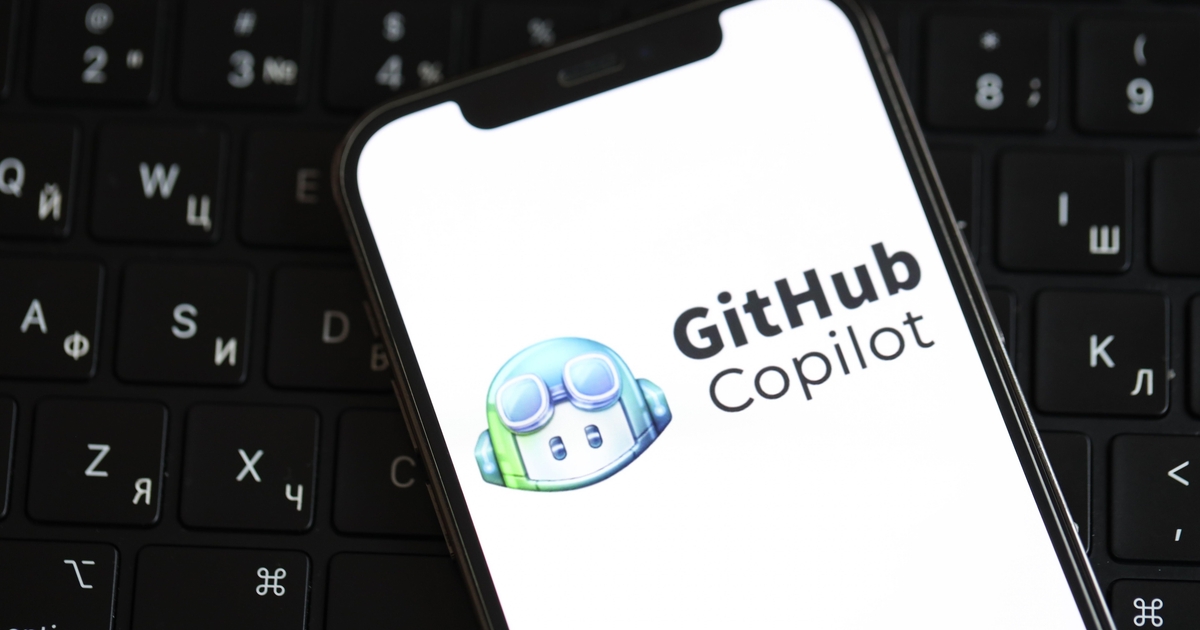OpenAI Cancellation of o3 Model Amid Shift to Simplified Product Offering
OpenAI has effectively cancelled the release of o3, the company’s next major AI model, in favor of a simplified product offering. This decision was made by CEO Sam Altman, who stated that the company wants to "do a better job of sharing our intended roadmap and simplifying our product offerings."
Rationale Behind the Decision
Altman’s decision is rooted in the company’s desire to make AI "just work" for users, without the need for complex model selection. He also acknowledged that the company’s model and product offerings have become too complicated, and that the model picker in ChatGPT is a source of frustration for users.
Introduction of GPT-5 Model
To address this, Altman announced the release of a new model called GPT-5, which will integrate OpenAI’s technology, including o3, in its AI-powered chatbot platform ChatGPT and API. GPT-5 will offer a more unified and reliable AI experience, with the ability to use all OpenAI’s tools and knowledge.
Key Features of GPT-5
Altman outlined several key features of GPT-5, including:
- Integration with ChatGPT and API
- Unlimited chat access to GPT-5 at the "standard intelligence setting," subject to "abuse thresholds"
- Higher levels of intelligence available for subscribers to ChatGPT Plus and Pro
Release Timeline
Before the launch of GPT-5, OpenAI plans to release its GPT-4.5 model, code-named "Orion," in the next several weeks. This will be the company’s last "non-chain-of-thought model," marking a shift towards more reliable and capable reasoning models.
Impact of OpenAI’s Shift
The decision to cancel o3 and shift towards a simplified product offering reflects OpenAI’s recognition of the limitations of its current approach. The company’s embrace of reasoning models, which effectively fact-check themselves, is seen as a major step forward in the development of AI.
Comparison with DeepSeek’s R1 Model
OpenAI’s decision is also seen as a response to the success of Chinese AI lab DeepSeek’s R1 model, which has matched OpenAI’s o1 on several benchmarks. R1 is an "open" model under a permissive license, allowing developers to use it freely.
Conclusion
OpenAI’s cancellation of o3 and shift towards a simplified product offering marks a significant change in the company’s approach to AI development. The introduction of GPT-5 and GPT-4.5 models reflects a commitment to creating more reliable and capable AI systems, while also acknowledging the limitations of current approaches.
Source Link





